GPCR/G protein
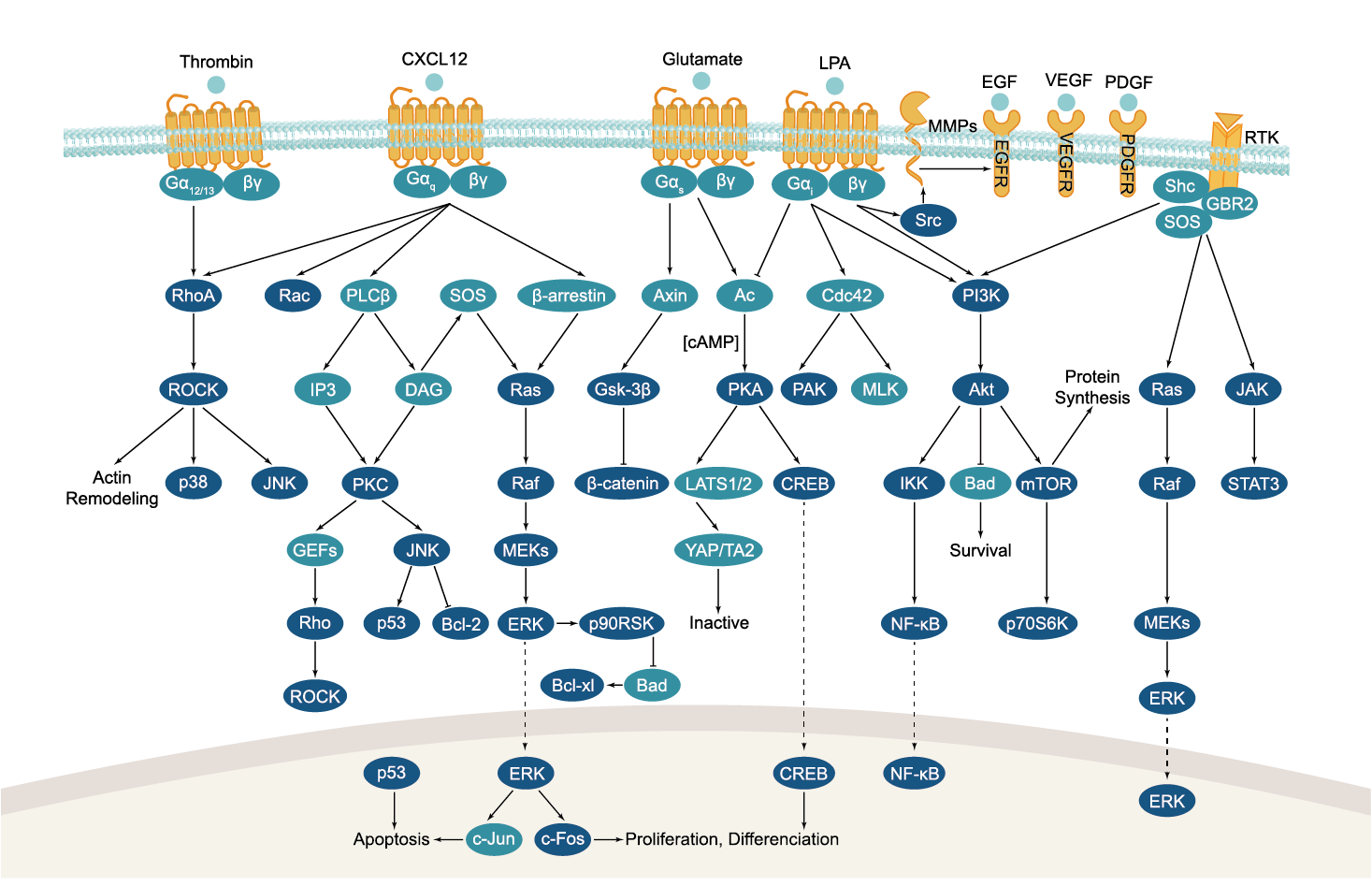

All GPCRs share a common seven trans-membrane structure. GPCRs are associated with heterotrimeric G-proteins which are GTP-binding proteins made of alpha, beta, and gamma subunits. When a ligand binds to GPCR, it activates the attached G-protein, the GDP is replaced with GTP. The activated G-protein then dissociates into an alpha and a beta-gamma complex which activates downstream signaling pathways. These intracellular signaling pathways include cAMP/PKA, calcium/NFAT, phospholipase C, protein tyrosine kinases, MAP kinases, PI-3-kinase, nitric oxide/cGMP, Rho, and JAK/STAT.
GPCRs are one of the most important therapeutic targets for various diseases, over 30% of all modern medicinal drugs target this family. Aberrant GPCR functions are involved in pathological conditions such as neurological, immunological and hormonal disorders. A large number of GPCRs have been identified, but whose ligands are not known, are classified as orphan receptors.
-
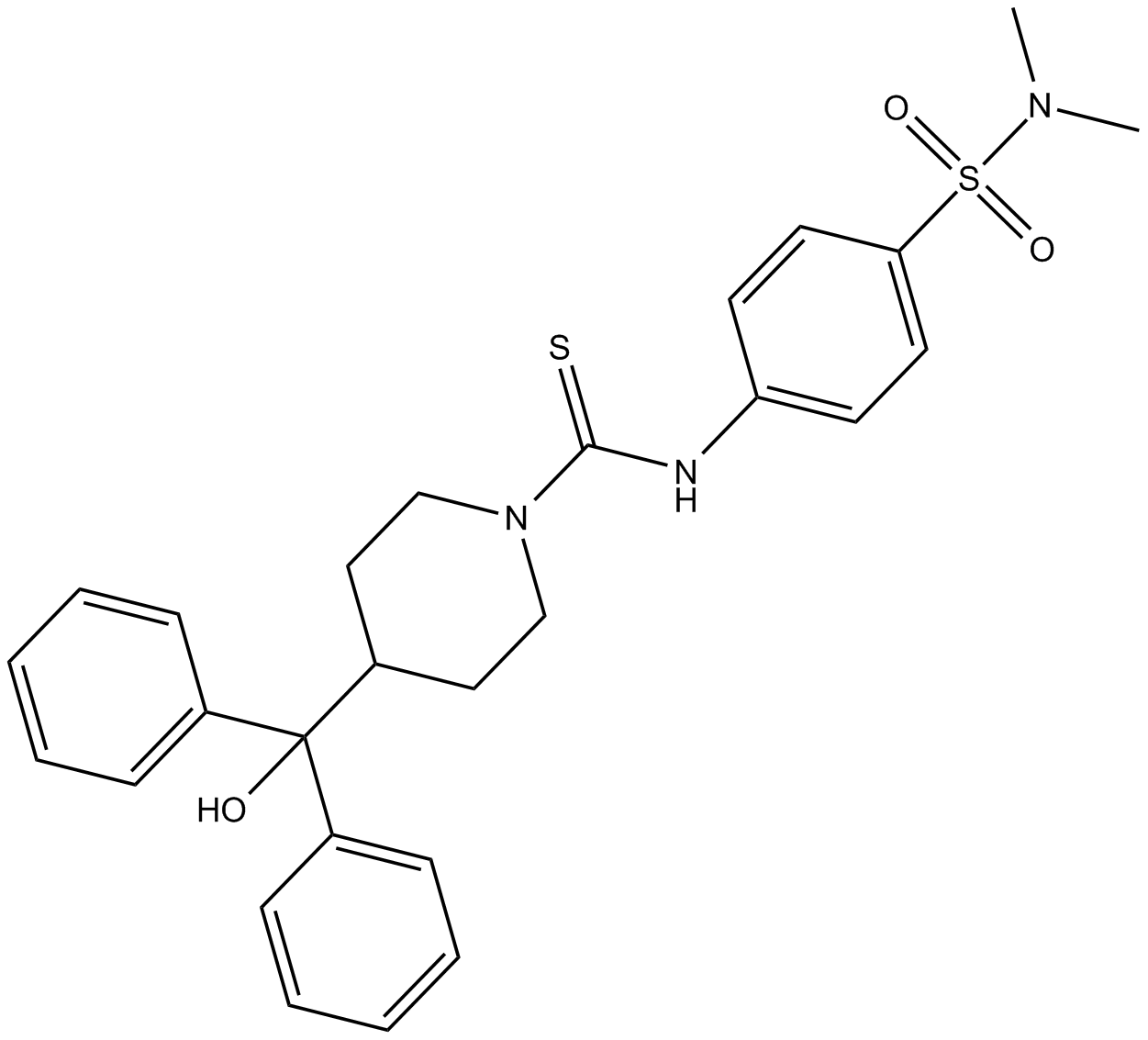 B5654 CYM 9484Summary: neuropeptide Y (NPY) Y2 receptor antagonist
B5654 CYM 9484Summary: neuropeptide Y (NPY) Y2 receptor antagonist -
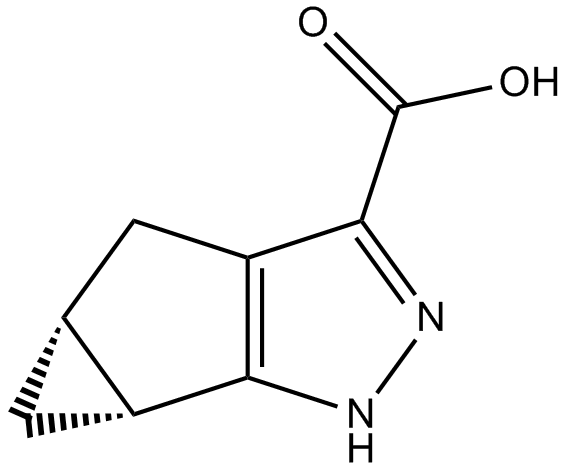 B5658 MK 1903Summary: hydroxycarboxylic acid receptor 2 (HCA2, GPR109A) full agonist
B5658 MK 1903Summary: hydroxycarboxylic acid receptor 2 (HCA2, GPR109A) full agonist -
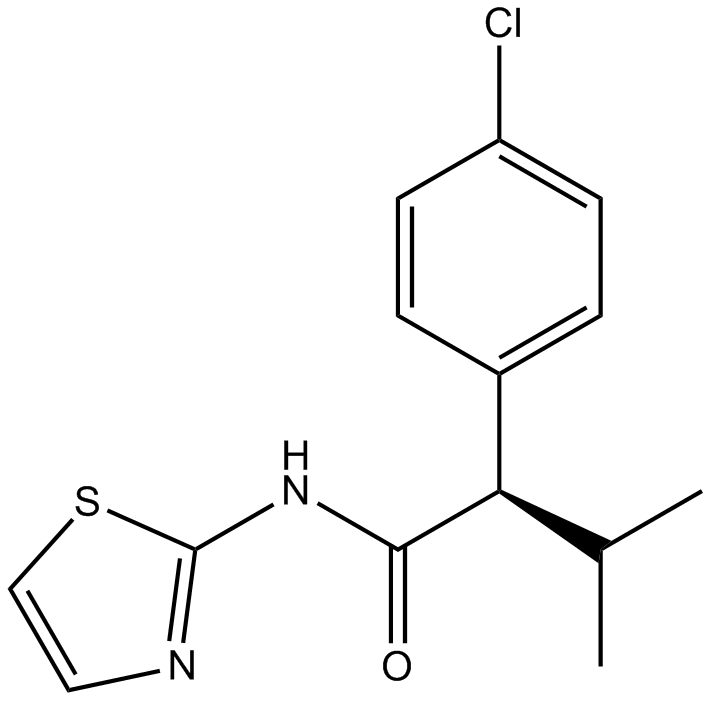 B5669 4-CMTBSummary: FFA2 agonist
B5669 4-CMTBSummary: FFA2 agonist -
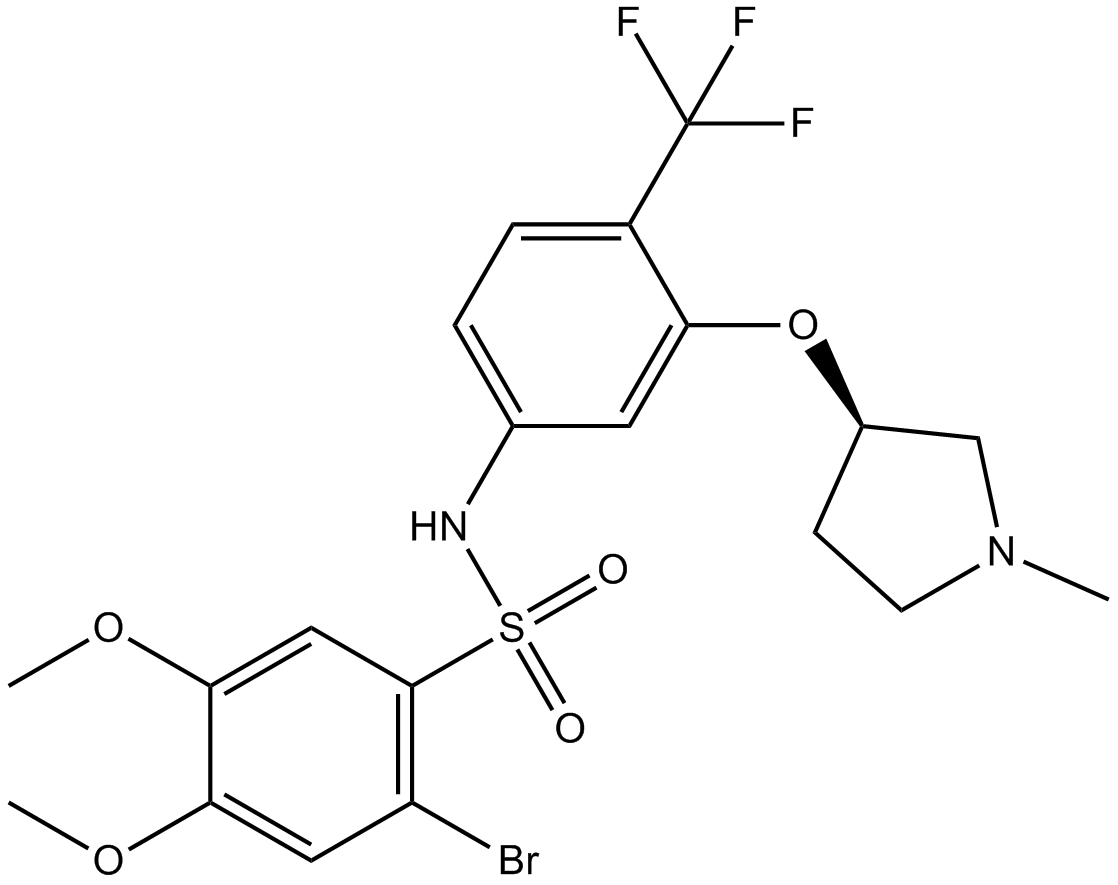 B5677 SB 706375Summary: urotensin-II (UT) receptor antagonist
B5677 SB 706375Summary: urotensin-II (UT) receptor antagonist -
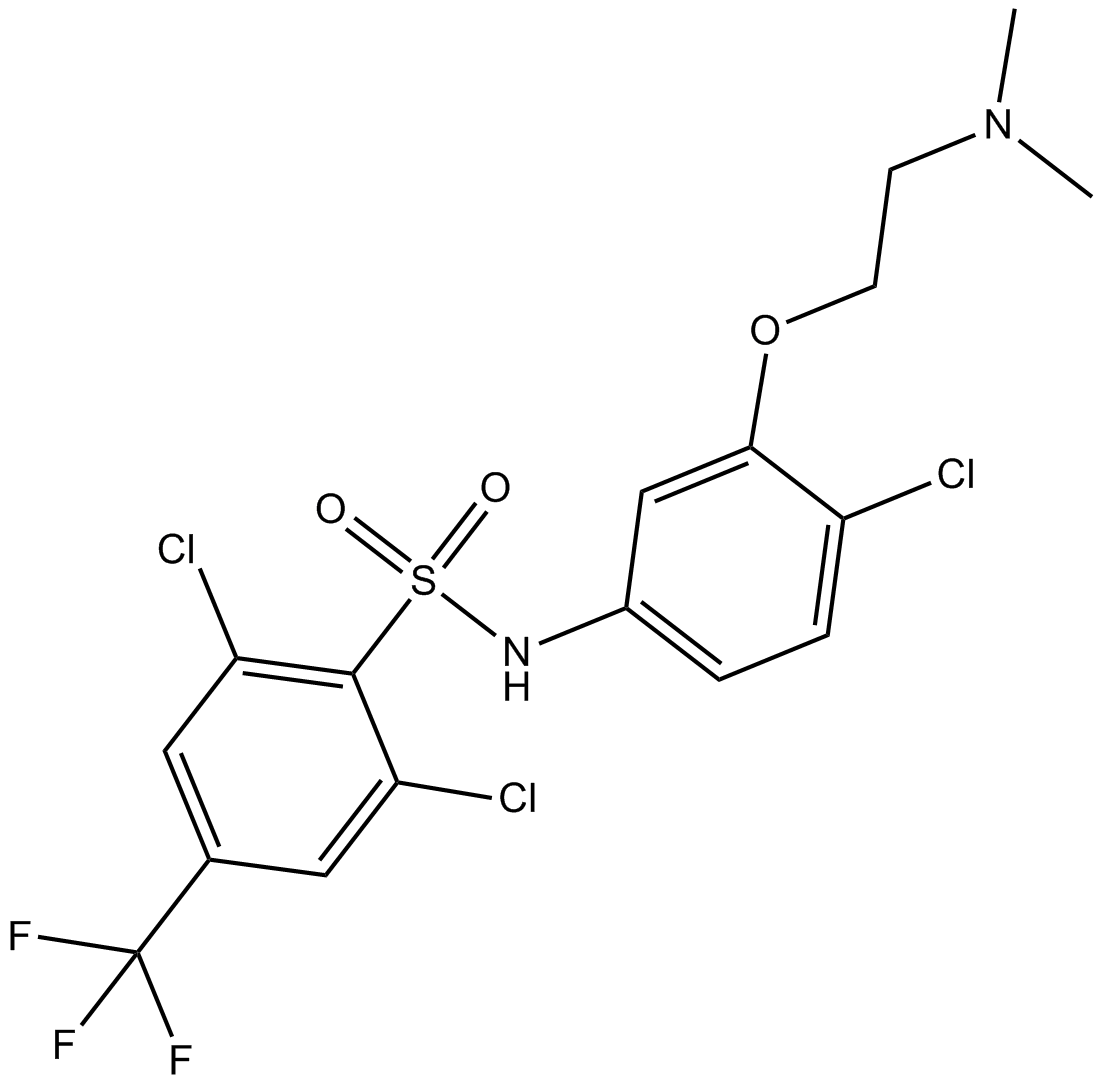 B5678 SB 611812Summary: Urotensin-II (UT) antagonist
B5678 SB 611812Summary: Urotensin-II (UT) antagonist -
 B5680 CYM 50260Summary: S1P4 agonist
B5680 CYM 50260Summary: S1P4 agonist -
 B5681 CYM 50308Summary: S1P4 agonist
B5681 CYM 50308Summary: S1P4 agonist -
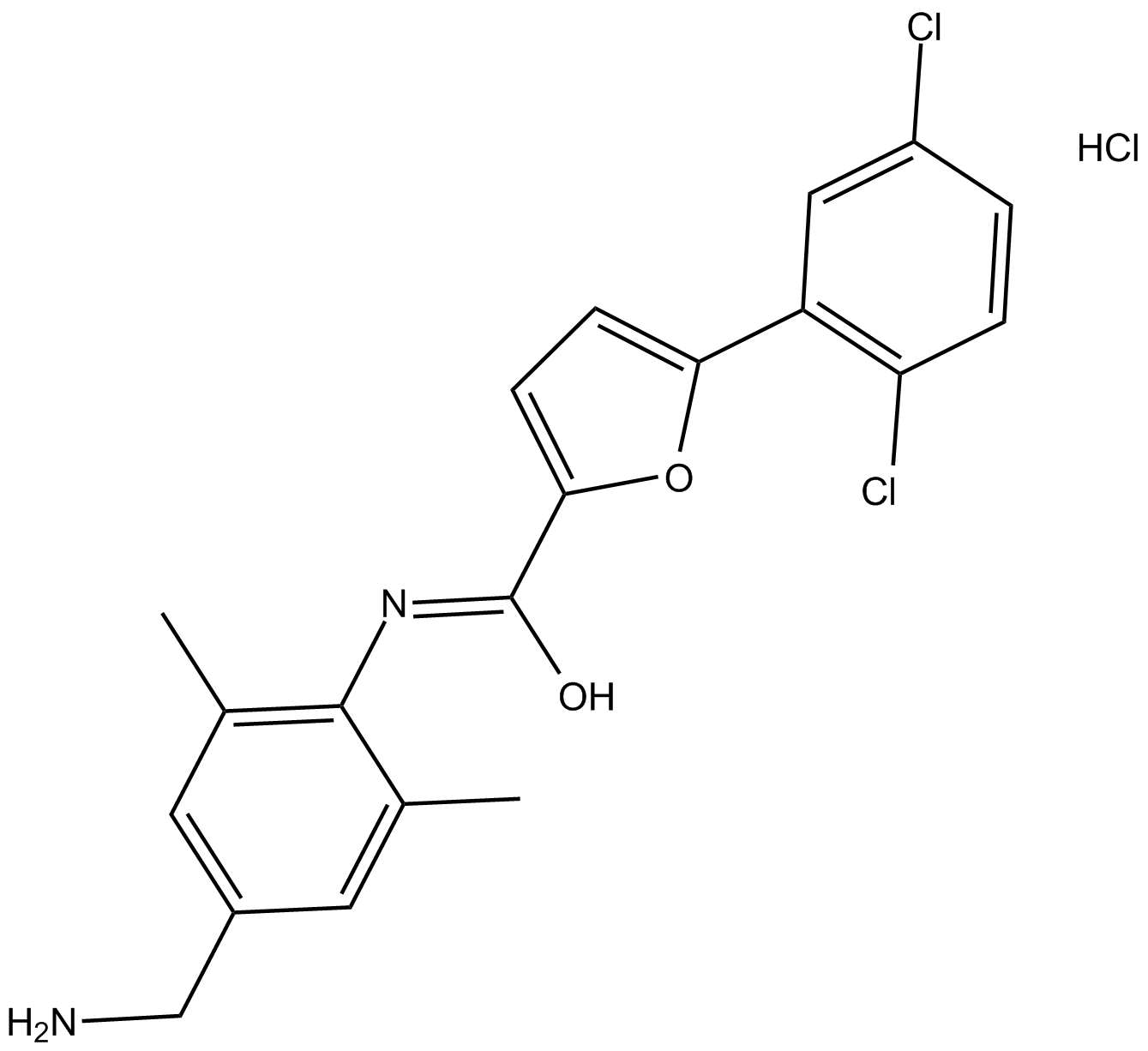 B5682 CYM 50358 hydrochlorideSummary: S1P4 antagonist
B5682 CYM 50358 hydrochlorideSummary: S1P4 antagonist -
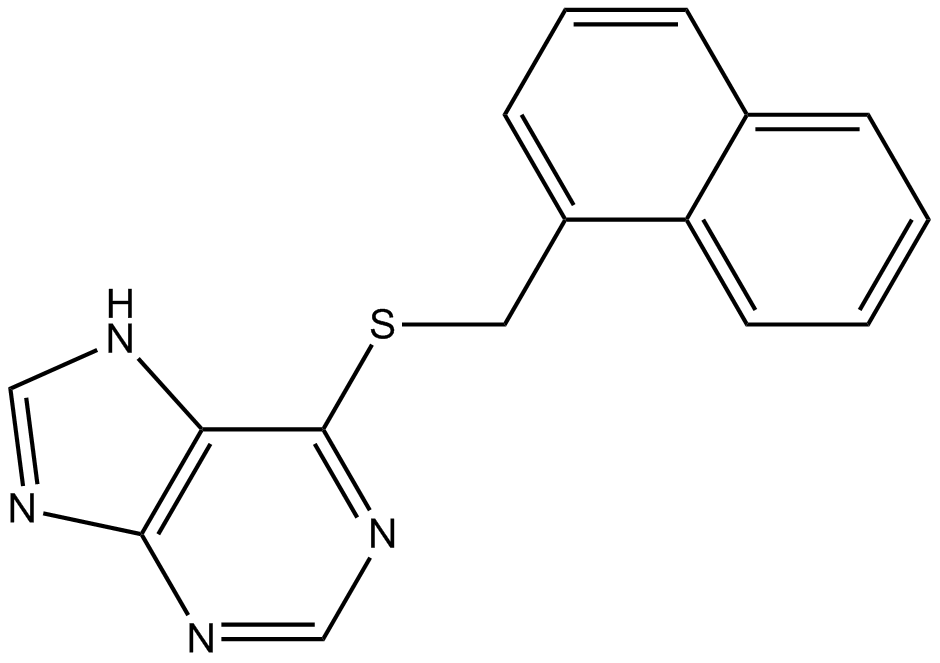 B5687 PU 02Summary: negative allosteric modulator of 5-HT3 receptors
B5687 PU 02Summary: negative allosteric modulator of 5-HT3 receptors -
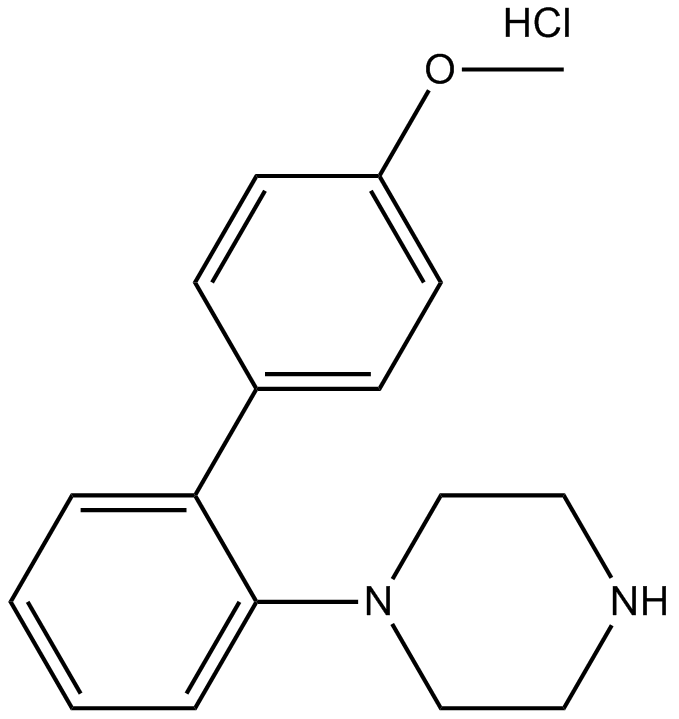 B5688 LP 20 hydrochlorideSummary: ligand of the 5-HT7 receptor
B5688 LP 20 hydrochlorideSummary: ligand of the 5-HT7 receptor


